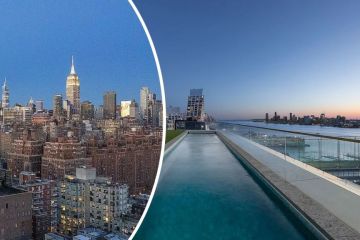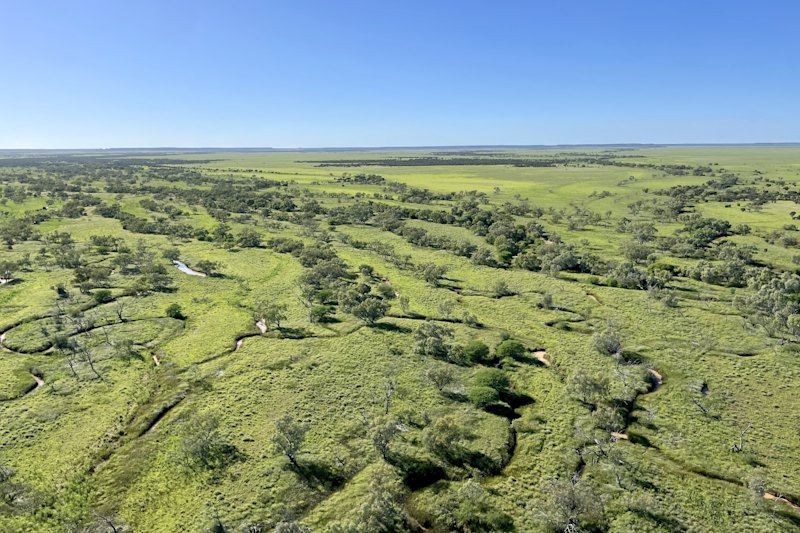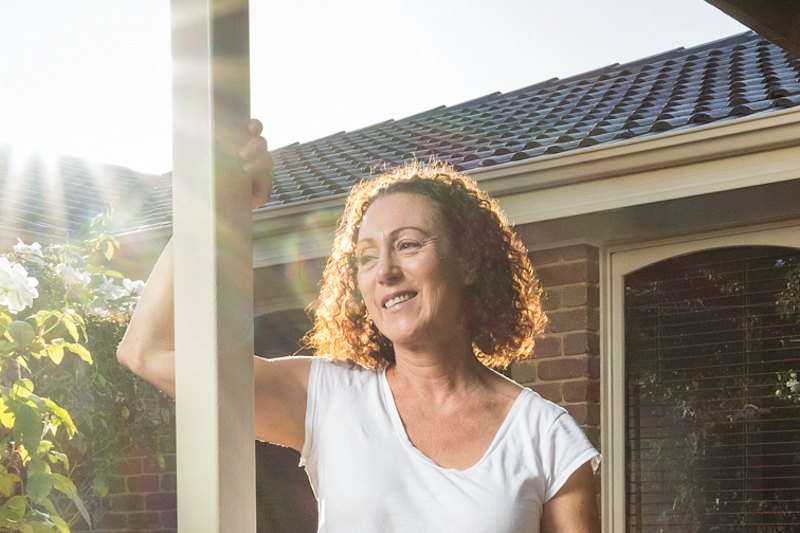Out of the park: the spaces that have changed Victoria
A CBD bottleneck turned vibrant boulevard, a railway remnant that’s now a giant cobblestone piazza and a former quarry boasting 100,000 plants are three of Victoria’s 10 most important spaces, highlighted in a new national exhibition.
Swanston Street, Federation Square and Cranbourne’s Australian Garden were judged as some of the best contemporary parks to re-shape the state, in a new series that underscores the importance of public space as Australia’s backyards continue to shrink.
Titled Parks Changing Australia, the exhibition is the brainchild of the Australian Institute of Landscape Architects. Its objective is to share the stories of Victoria’s most progressive new and reformed parks and their interstate equivalents.
Landscape architect and panel judge, Angus Bruce says it is the first time in the peak body’s 50-year history it named Australia’s best public open spaces.
The institute asked 10 panel judges to assess park nominations it received from across the nation. The social, economic and environmental perks of each park were debated and individually ranked to arrive at the list.
“As you will see from the results the list is extremely diverse,” Bruce says.
“Yet all [the parks] have had a transformative effect on communities, all have good structure, cohesive and collaborative designs, and are all successful parks that are really lived in.”
Vision 202020 is one of the exhibition’s official supporters. Its advocate Josh Byrne says like beaches, parks have long been synonymous with the Australian lifestyle and, as urban development intensifies, parks and public spaces will play bigger roles in giving communities resilience via features designed for food growth, wellbeing activities and exercise.
“As more people live in our city and with smaller backyards, the role of well thought-out parks, green spaces and civic spaces will continue to grow more and more important,” Byrne says.
“Design excellence is critical, which is why it is great to celebrate that, to shine a light on good public spaces and the collaboration between landscape architects, architects and communities.”
The 10 parks that have most changed Victoria’s landscape:
- Geelong Waterfront, Geelong – focused on a one kilometre waterfront precinct completed in 2001
- Federation Square, Melbourne – a 3.8 hectare piazza landscape linking the Yarra River with the CBD
- Keast Park, Seaford, Melbourne – a 2.5 hectare beachside reserve completed in 2012
- MacKenzie Falls Gorge Trail – a striking new steel walkway linking the popular falls with Zumsteins Picnic Ground
- Richmond Terrace Park – an inner urban park created by the permanent closure of two intersecting streets in 2014
- Royal Park, Melbourne – the city’s biggest inner suburban park was master planned in the mid-1980s.
- Swanston Street, Melbourne – transformed since 2010 into a pedestrian-friendly civic space
- Dandenong Civic Square – designed like a ‘big public lounge room’ as the public square of Greater Dandenong
- Birrarung Marr, Melbourne – when it opened in 2002 on the northern bank of the Yarra River it was the first new CBD park in more than 100 years
- Australian Garden, Cranbourne, Melbourne – a 15 hectare landscape of the Cranbourne Division of Royal Botanic Gardens built on a former sand quarry
We recommend
We thought you might like
States
Capital Cities
Capital Cities - Rentals
Popular Areas
Allhomes
More







